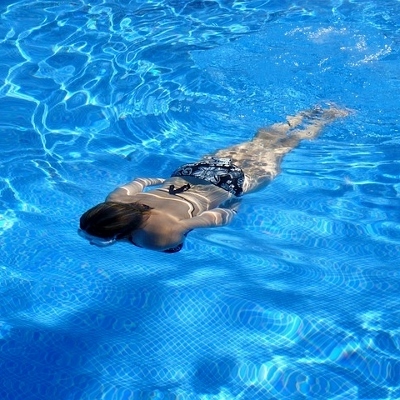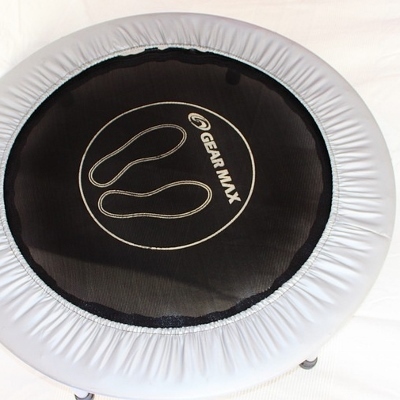 Pool running is a method of cross training toward which many cross country runners, especially women, are turning. Pool running is a way to get in extra mileage without increasing the actual hard impact that your feet and legs take. It can be used to recover from stress fractures, and perhaps more importantly, avoid stress fractures.
Pool running is a method of cross training toward which many cross country runners, especially women, are turning. Pool running is a way to get in extra mileage without increasing the actual hard impact that your feet and legs take. It can be used to recover from stress fractures, and perhaps more importantly, avoid stress fractures.
In order to pool run correctly, you simply need to mimic the motions of running in water. However, because of how lean many runners are, the motions of running don’t keep everyone afloat. There are buoyancy belts available, but you can also cup your hands to provide more lift. Many people have a tendency to lean forward while pool running. Proper technique involves keeping your hips directly below your shoulders. Your legs should move as far forward as they do backward. Another thing pool runners should focus on is their breathing. It is important to try to breathe steadily while breathing. Try not to hold in breath to stay afloat longer before releasing it. Talking to someone is one easy way to catch yourself taking short choppy breaths instead of the steady rhythm you keep when you normally run.
How far should you be moving and how fast? There is no correct answer to this question. If you are flying across the pool, you are probably doing something wrong. However, it is entirely possible to have perfect form and not move at all. A reasonable time to cross a 25 yard pool might be two or three minutes, but five minutes is perfectly fine as well.
Pool running is boring; there’s no denying it. The scenery barely changes or doesn’t change at all, and if it does, it happens extremely slowly. One way to make it more interesting is to go to a beach, lake, or pond to “pool run.” In this case you might call the activity by its more formal name: aqua jogging. It is rather difficult to pool run against a strong current, so those should be avoided or you’ll find yourself somewhere you don’t want to be. Happy pool running!





